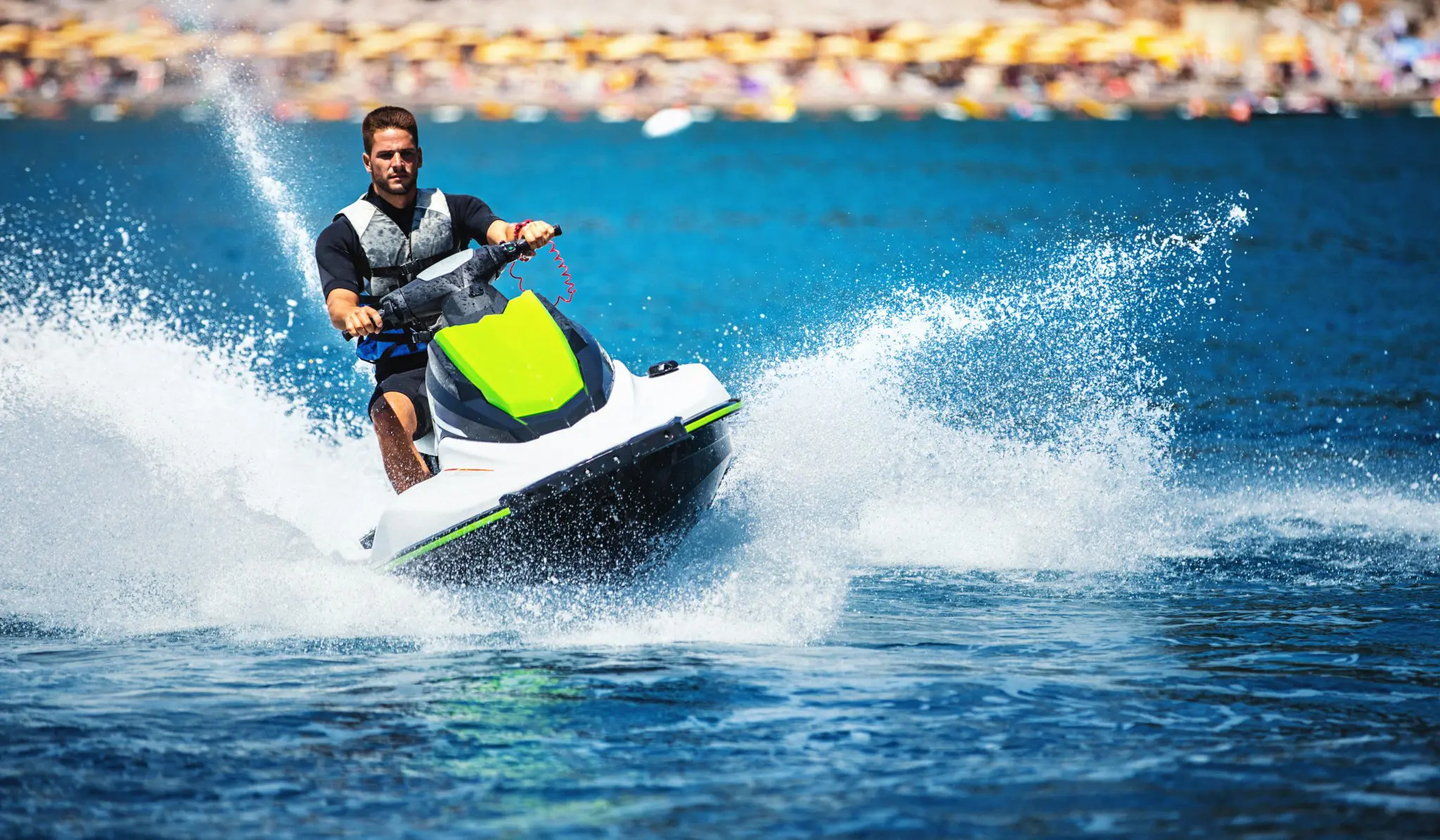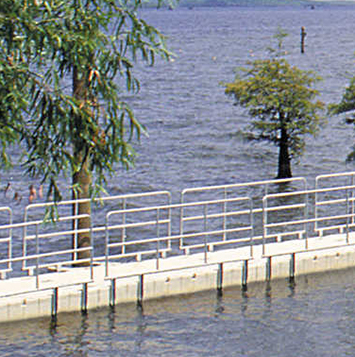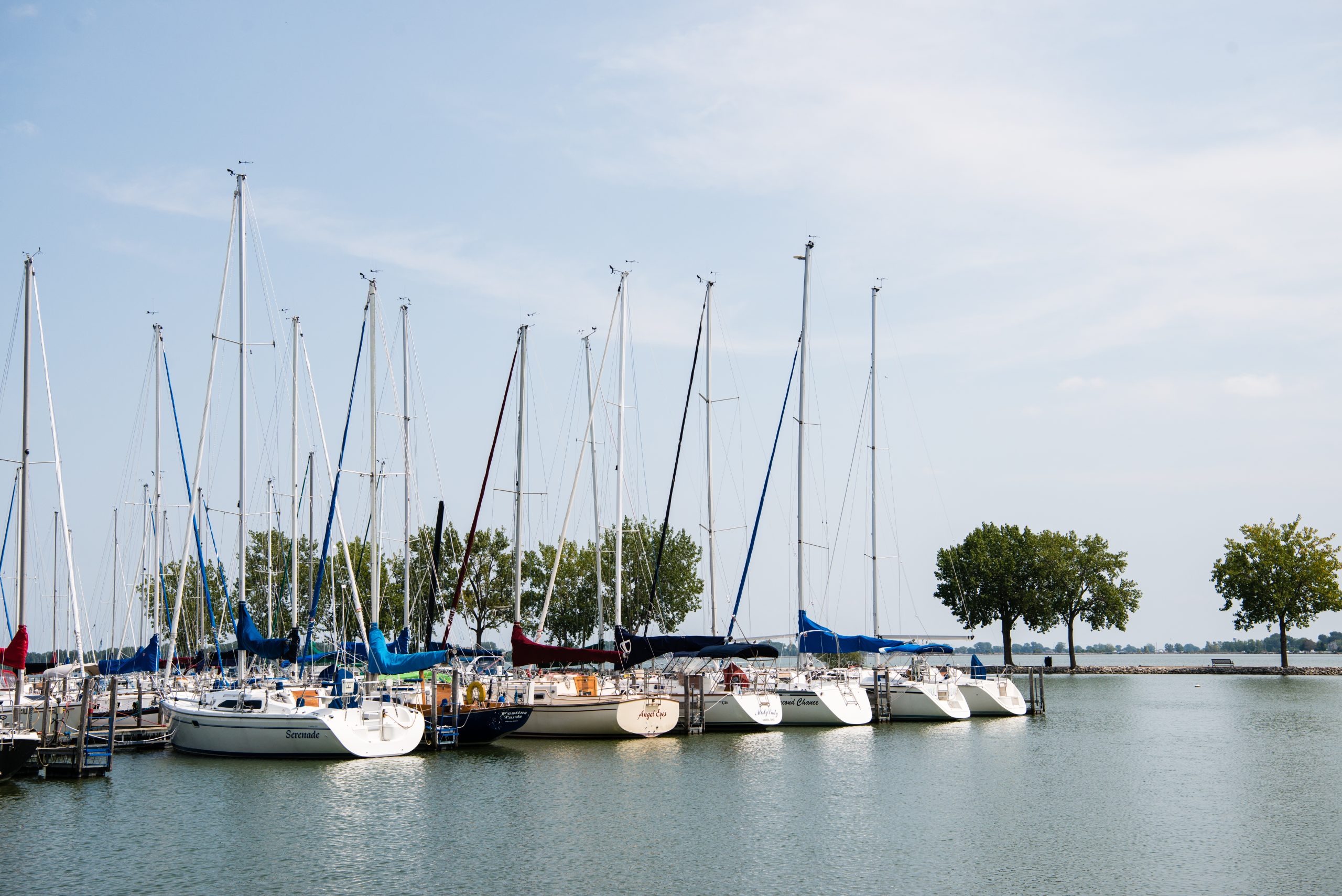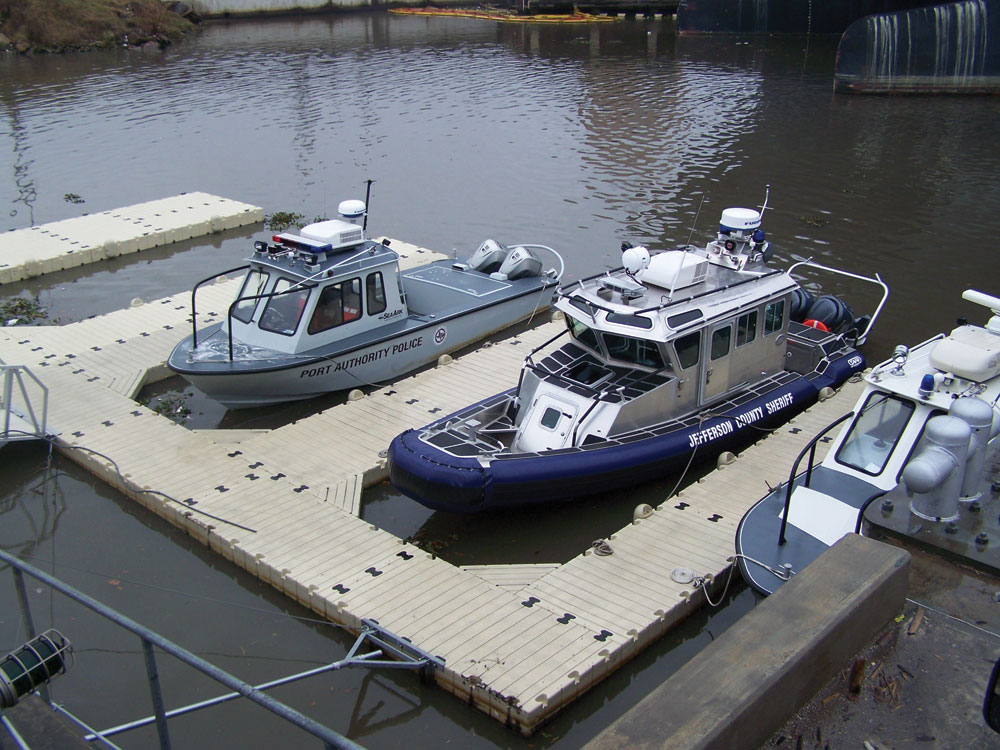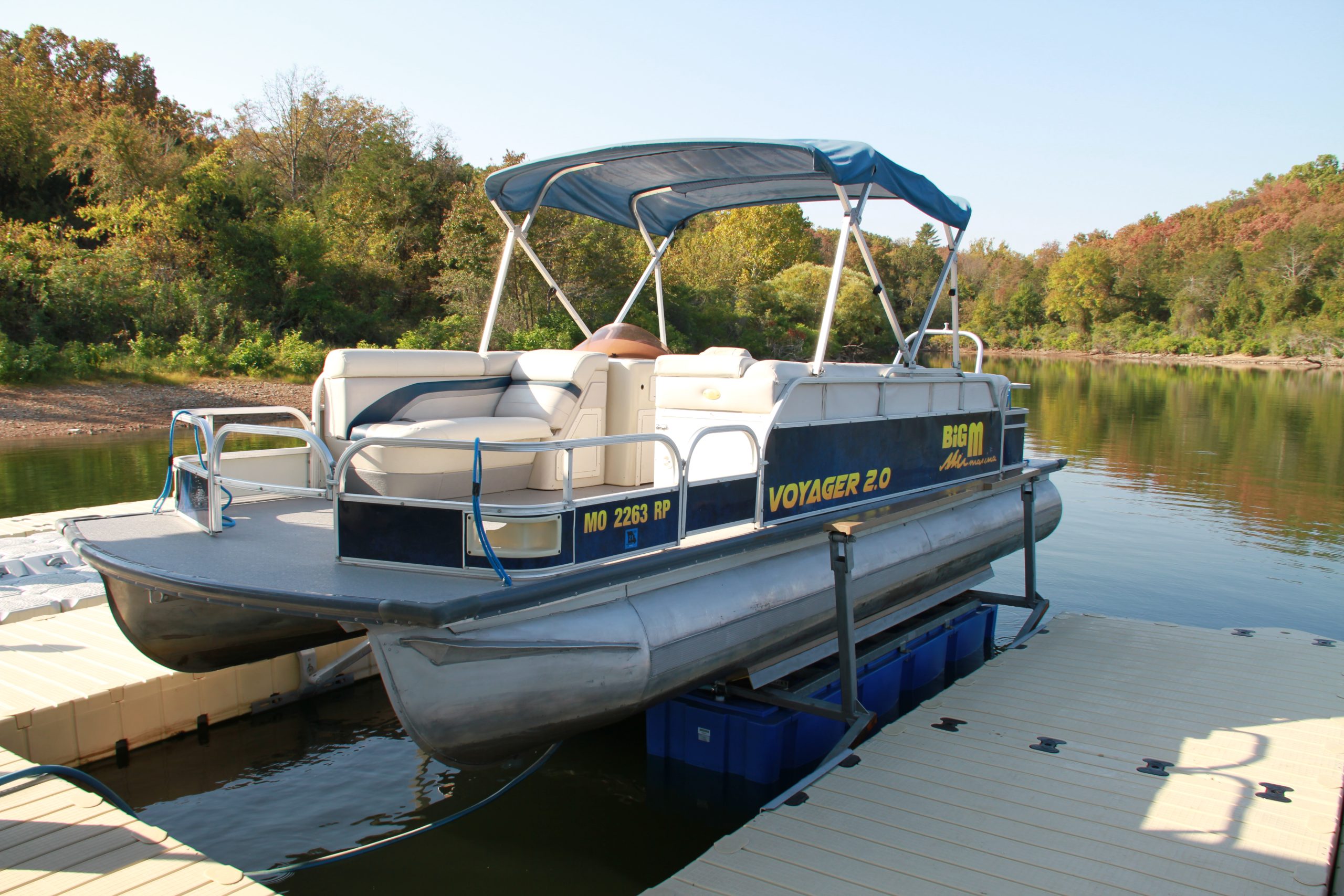Filters
Can You Keep a PWC in the Water?
Imagine you’ve just spent a beautiful, sunny day watercrafting with friends and family. At the end of the day, you leave your personal watercraft (PWC) in the water, where it will stay until you’re ready to use it again. Several months go by, and you return to find your PWC has faded, rusted and is no longer working correctly. Unfortunately, this is a common occurrence when owners leave their PWCs in the water for too long. Let’s answer the question, “Can you leave a PWC in the water?” as well as storage tips and alternatives to keep your PWC safe all year long.
Read the full article or skip to a specific section:
- Risks of Leaving a PWC in the Water
- Long and Short Term Storage Options for your PWC
- Storage Tips for Preventing PWC Water Damage
- Frequently Asked Questions About PWC Storage
Risks of Leaving a PWC in the Water
If you leave a PWC in the water for too long, it becomes vulnerable to the following problems.
- Corrosion: Over time, water becomes corrosive and will slowly eat away at your personal watercraft. Corrosion can result in damage as minor as a ruined paint job, or as severe as needing to replace your PWC entirely. It can also lead any metal components of your PWC to rust.
- Buildup: Water is not the only thing that will build up inside your PWC — algae, sand, dirt, salt and other muck can accumulate inside your PWC and cause damage like clogged fuel lines and stalled motors.
- Color fade: If you leave your PWC uncovered in the water, the sun’s UV rays will begin to fade the colors and vibrancy of the upholstery and paint.
- Weather damage: Rain, hail, lightning, ice and snow all pose a serious threat to an unprotected PWC such as a Jet Ski and Seadoo. Severe weather may even loosen your PWC from its holdings and carry it into the water.
- Animals: When you store your PWC directly on the water, it is vulnerable to small fish, birds and rodents who can burrow into the motor and engine or eat away at the paint and cushions.
Freshwater vs. Saltwater
Although both freshwater and saltwater are hazardous to your PWWC after prolonged exposure, there are a few differences to be aware of.
- Freshwater: The most significant risk of freshwater PWC storage is the amount of scum and algae that will form on your watercraft. Algae is usually not harmful on its own, although some blooms — such as blue-green algae — are toxic to humans. However, algae and scum can grow inside the tubing and on any wet surface of your personal watercraft, causing costly problems later on.
- Saltwater: Will saltwater damage a PWC? Yes, and it will do so more aggressively than freshwater, due to the corrosive nature of salt. Salt also causes rust to form faster and can build up and clog the inside your machine.
Long- and Short-Term Storage Options for Your PWC
Now that you know leaving a Jet Ski or PWC in water over the summer or other long periods is not a good idea, here are a few storage options you can consider instead.
- Floating docks and ports: Investing in a floating dock or port for your PWC is the best way to keep it safe and protected, without the inconvenience of having to haul your watercraft away or take up valuable storage space elsewhere.
- Storage lockers: You can rent a small storage locker specifically for your PWC, or you can make space for it in your existing storage building if you have one.
- Garages: You can store your PWC in your home garage or storage shed — just be sure to leave your watercraft on the trailer to keep it raised from the ground and avoid moisture building up underneath.
Storage Tips for Preventing PWC Water Damage
To ensure your PWC is in the same great condition next summer, follow these storage tips before storing it away for the season.
- Wash and dry your watercraft thoroughly.
- Drain all water from the hull and engine.
- Fill the gas tank and add a fuel stabilizer.
- If applicable, consider putting antifreeze in your PWC.
- Do not forget to unplug and remove the battery.
- Keep your PWC off of the ground to prevent moisture buildup.
- Protect your PWC with a waterproof tarp or fitted cover.
- Always store your PWC in a dry, safe place.
Frequently Asked Questions About PWC Storage
These are some of the most commonly asked questions about Jet Ski and PWC storage.
My PWC Is Full of Water. What Should I Do?
For the best results, always check your owner’s manual to see if there are specific methods or guidelines to follow for emptying water from your PWC. Otherwise, you might consider trying some of the following methods.
The first step to emptying water from your Jet Ski or PWC is to tilt the handle back to drain as much excess water as possible. While you do this, run the engine for 30-second intervals to flush the system. You can also use a manual or electric pump to get water out of the hull. To get water out of a PWC motor or engine, try carefully removing the spark plugs and using a vacuum to suck the water out of each spark plug hole, as well as the exhaust. Afterward, reinstall spark plugs and continue to use the vacuum at the exhaust exit to help the engine expel water. You may have to repeat this process several times to rid your motor of water completely. You can crank the engine briefly while removing the water, but only for short intervals. If you run the engine without any water in the system at all, you lose the lubrication that keeps the metal parts from damaging each other.
Can I Leave a Jet Ski or PWC in the Water for a Short Amount of Time?
Whenever you choose to leave your PWC in the water, it is at risk for damage from inclement weather, color fading and pests. However, if you are only leaving your PWC in the water for a day or so, it will probably be safe from more severe threats, like rust, corrosion and buildup. Before leaving your PWC in water — even for a short amount of time — always check the weather and avoid leaving it if storms, hail or other inclement conditions are on the way.
Can I Store My Jet Ski or PWC Outside?
You can safely keep your personal watercraft outside if your storage solution meets the following conditions:
- You have elevated it off the ground or out of the water to prevent moisture-related damage.
- You have covered your personal watercraft with a weather-safe tarp to keep it safe from UV fading and inclement weather.
- You have fully winterized your PWC, including filling the gas tank, emptying excess water and removing the battery.
- You have safely secured your PWC to a floating dock, so it doesn’t come detached.
How Do You Secure a PWC to a Floating Dock?
The best way to secure a Jet Ski or PWC to a floating dock is to invest in a floating PWC port that keeps the craft locked in and secure.
Store Your PWC Safely With EZ Dock PWC Ports
Keep your PWC safe and dry with a high-quality PWC Port from EZ Dock.
The EZ Port VXP features the following:
- Designed for all shorter PWC vessels that weigh 1,300 pounds or less
- An innovative modular design
- Simple installation that integrates seamlessly into existing EZ Dock or traditional dock systems
The EZ Port 2i provides:
- An integrated built-in flotation device designed for lifting up to 1,700 pounds
- A self-centering PWC lift
- Convenient drive-on entry
- Split PWC entry and self-adjusting rollers for smoother loading
- A single-piece design
- Five handheld tie-off points allowing for easy handling and mooring
- Optional EZ Port 2i Bow Stop, designed for safer porting, which fastens directly to the EZ Port 2i
The EZ Port 280 offers the following features:
- Widest port on the market
- Connects to any dock
- Requires less maintenance
- Offers effortless installation
- Provides easy access
- Stays in the water year-round
Both the EZ Port VXP and the EZ Port 2i are available in either beige or gray. Like all EZ Dock products, our PWC ports are durable, weather-safe and conveniently low-maintenance. Visit us online to learn about our other EZ Dock solutions and to request a quote for your PWC Port today.






